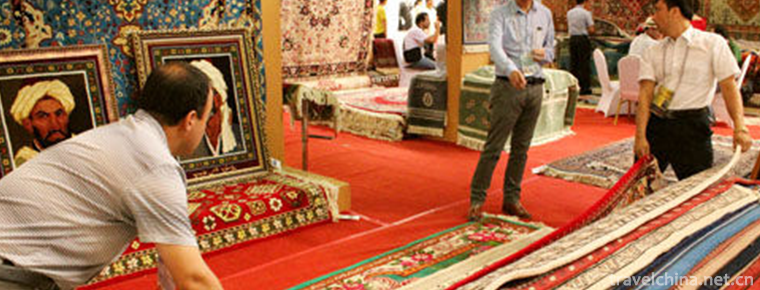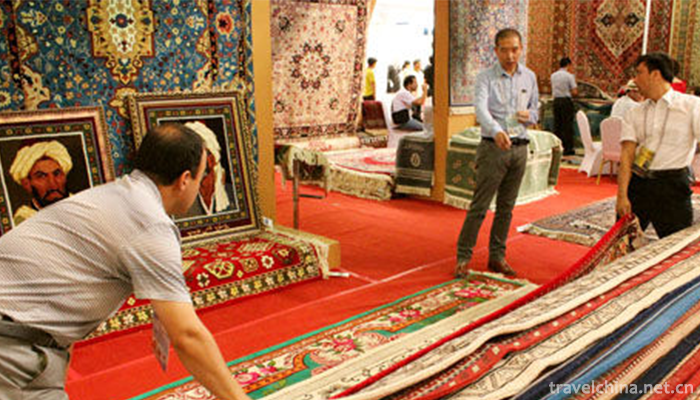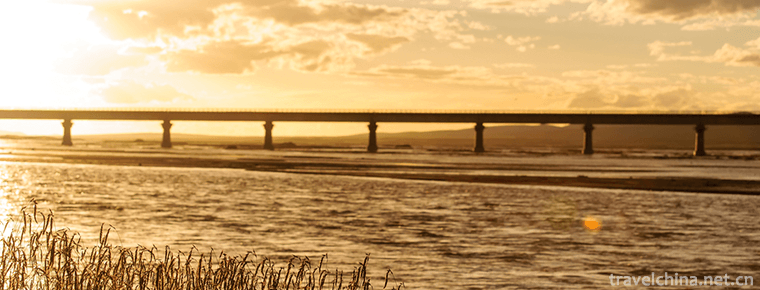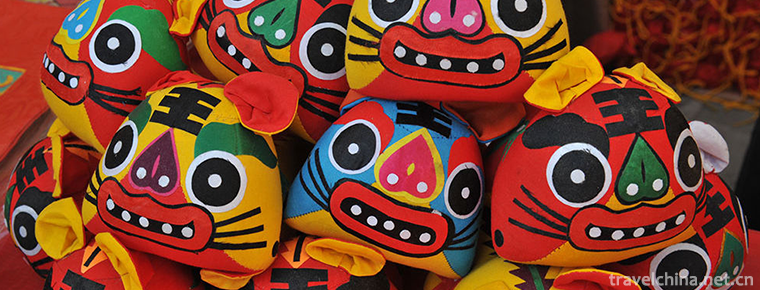2019-02-22

- By ChinaWiki.net
- Chinese Edition
- 2019-04-26
Carpet Weaving Techniques
Uygur carpet is a handicraft with a long history and tradition. It integrates painting, sculpture, knitting, embroidery, printing and dyeing.
Characteristic
Xinjiang carpet is also known as Oriental carpet. It is rich in national characteristics and local style regardless of style, pattern and color. It is famous for its excellent raw materials, fine texture, dense pile, thin and flat carpet surface, exquisite workmanship, unique design, fine weaving, beautiful color matching, durable and elaborate design. Xinjiang carpet has a wide range of varieties, mottled patterns and colors, mainly Aru style and Ailu style. Iranian, Chakima and Alar styles are mostly symmetrical and neat patterns, rough lines and strong contrast. They can be divided into blankets, tapestries, cushions, worship blankets, mattresses and so on. Xinjiang carpets are also exquisite works of art, which are collected by many art collectors. So far, the Victoria and Arabic Museums in London, England, and the Textile Museum in Washington, USA. Museum, Frankfurt Handicraft Museum, Germany, are collecting Xinjiang wool carpets or silk carpets as treasures for people to appreciate. Xinjiang carpets are either hanging on the walls of halls or spread in indoor corridors. The carpet surface is smooth, the blanket board is soft, beautiful and elegant, and the tone is bright. It is the ideal high-grade articles for family and hotel decoration. Xinjiang carpets are of excellent quality, in addition to the use of hand-beating. In addition to knitting and knitting, the graphic weavers are exquisite and compact (passing through more than ten complicated processes successively), and they are also strongly attributed to the excellent quality of wool used to weave blankets.
Manufacturing process
Wool is used as raw material, sheep is a local fine heterogeneous semi-coarse wool sheep breed, wool fibers thick, suitable for weaving, luster, bright dyeing, strong color, long-term stability, strong wool, elastic, will be twisted into wool yarn, twisted in the "Z" direction (i.e. backhand), dyeing, and then according to the need to ply wool yarn, used as warp, ground weft, wool weft, respectively.( At last, when weaving a blanket, a group of longitude lines and upper and lower layers are interwoven into a flat pattern of basic tissue, and then the dyed pile is bound to the warp line of the basic tissue according to certain procedures, so as to show the different colors and patterns and patterns of the carpet. In the design, it absorbs the essence of eastern and Western culture, art and religious art, and has a unique national style. It has a strong decorative quality.
pattern
Its design and color have more distinct national characteristics and strong local color, mainly Kailiken (four-petal flower spinning), Kachmann (scattered flower pattern), Anaguli (pomegranate pattern), Beixiqi Checkguli (five-branch flower pattern), Shaminouska (Mecca pattern), Bogu pattern and so on. Uygur carpets pay great attention to arranging the same or comparative colors side by side. The comparison fully shows the individuality of various colors.
Place of Origin
edit
Xinjiang Uygur Autonomous Region (hereinafter referred to as Xinjiang) is located in the northwest border of China, the hinterland of Eurasia, covering an area of 16.649 million square kilometers, and occupies China's territory.
Xinjiang is the birthplace of carpet in the world. Xinjiang carpet is famous for its long history and superb skills. It is one of the traditional national arts and crafts in Xinjiang and one of the main export commodities. Hetian is the hometown of carpet in Xinjiang. Uygur carpet raw materials are used. Famous semi-coarse wool and Hetian sheep wool. Breeding wool is thick but not sticky, tough and elastic, and has the advantages of tensile, compressive, luster and strength.

Ask a Question
Your email address will not be published.



0 Questions